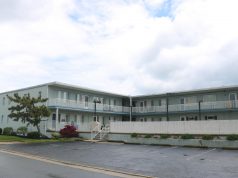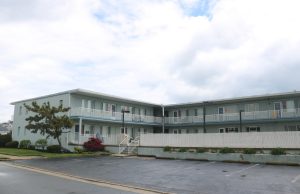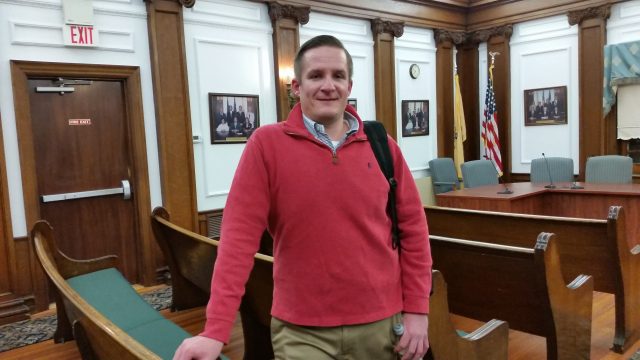
By Donald Wittkowski
Taking a cue from similar tourist attractions in the Poconos, an Ocean City real estate developer unveiled tentative plans to transform the heart of the Boardwalk into a year-round, indoor waterpark and resort hotel costing $250 million to $300 million.
Justin Flood, a lifelong Ocean City resident whose family has been in the local real estate business for decades, outlined details of the proposed project in public remarks during a City Council meeting Thursday night.
Flood said he hopes to create a centerpiece attraction for the Boardwalk that would draw visitors to town year-round instead of relying largely, if not exclusively, on Ocean City’s traditional summer tourism market.
“Let’s get to work to create some jobs, economic activity and improve the community,” he told Council.
Speaking with reporters after the Council meeting, Flood noted that his project would be similar in concept to the indoor waterparks and resorts operated by Great Wolf Lodge and Camelback Lodge in Pennsylvania’s Pocono Mountains.
He wants to develop the waterpark and hotel on a three-acre tract overlooking the center of the Boardwalk at Eighth Street between Moorlyn Terrace and Plymouth Place. Flood said he has an agreement to buy part of the site from private owners, but would also need to reach a deal with the city to acquire two adjacent municipal parking lots.
In exchange for the city land, Flood said he would agree to deed restrictions to provide public parking on the site. He also mentioned the possibility of a land swap that could result in the city getting property owned by Flood’s family on 16th Street in return for the parking lots.
Flood told reporters that the land on 16th Street is part of the Ocean City Chevrolet dealership owned by his father, John Flood, a former city councilman.
Stressing that the project is only in the conceptual phase, Flood said he has not yet developed designs or architectural renderings. He did, however, say the project would create more than 300 jobs and cost between $250 million and $300 million.
“This would represent an unprecedented private capital investment in attracting people to Ocean City,” he said.
Flood also estimated that the waterpark, based on similar projects in other communities, could generate about $100 million in economic output for Ocean City.
The waterpark and resort hotel would be linked by an enclosed bridge. Flood did not disclose the proposed size of the complex.
“The good news is, we’re getting close to moving from the concept phase to the design phase,” he said to Council.

Council members listened to Flood, but made no public remarks about the project afterward. Representatives of Mayor Jay Gillian’s administration also made no public comments after Flood was done speaking.
Flood said he has already met privately with Gillian and members of Council in hopes of lining up their support for the project. He described the Council members as being “fairly supportive” and the mayor as “kind of neutral.”
Gillian owns Wonderland Pier, the iconic Boardwalk amusement park established by his grandfather, David Gillian, in 1929. Flood said the mayor, while remaining neutral about the proposed waterpark and hotel, agreed that Wonderland Pier and the rest of the city would benefit from drawing more families and tourists to town.
Flood urged the city to join him in a feasibility study for the project to gauge the demand for such a major, year-round attraction. He said the city’s participation in the study would ensure that it has “skin in the game.”
According to Flood, he has received an “overwhelmingly positive” reaction from the residents, business representatives and community groups he has spoken to about his project.
He added that the only “real negative” he has encountered so far is concern from the city’s hotels and motels. They are worried about the heightened competition his attraction would create for the lodging industry. Flood argued, though, that the extra competition might actually stimulate more improvements from the hotels and motels.
In other business at the Council meeting, Business Administrator Jim Mallon announced that the city has withdrawn from plans to purchase a bayfront building known as 50 Tennessee Avenue from its private owner.
In October, Council approved a $700,000 funding ordinance that represented the first step toward acquiring the two-story building. Although there were no specific plans for the site, the mayor and some members of Council spoke then of the possibility of using the building as the centerpiece for revitalizing the city’s public boat ramp area on Tennessee Avenue.
The funding ordinance did not commit the city to buying the property. Mallon said Gillian decided not to move ahead with the purchase following a “due diligence” process to check the building’s structural integrity as well as for the possibility of any environmental problems.
In an interview after the meeting, the mayor said he simply wanted to focus on other projects at this time instead of buying 50 Tennessee Avenue.
“We’ve got other projects coming up. That’s it,” Gillian said.
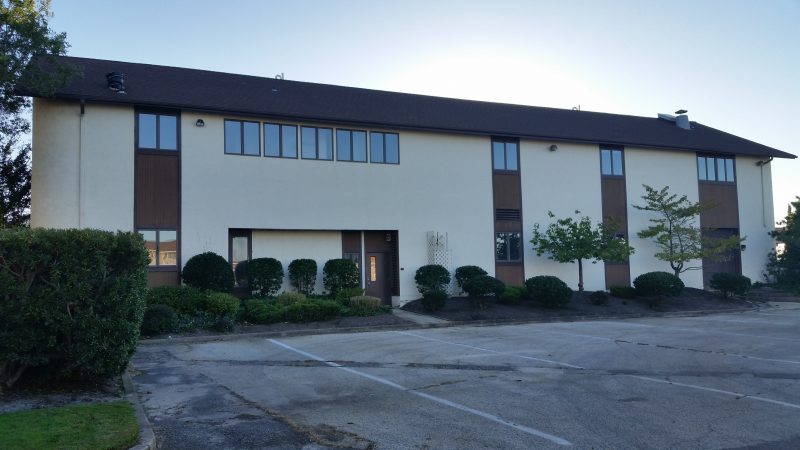
Mallon also announced at the meeting that a beach replenishment project in the city’s north end is expected to be finished before Christmas, weeks ahead of the original February completion date.
The project will restore the beachfront between Seaspray Road and 14th Street with 1.3 million cubic yards of new sand. In addition, sand will be stockpiled to rebuild the depleted dunes near Fifth Street and 10th Street.
Besides the aesthetic value of having wide, powdery beaches, the city will also benefit from the replenishment project by having a bigger barrier of sand and dunes to protect homes, businesses, the Boardwalk and roads from the ocean’s storm surge.
The city is teaming up with the U.S. Army Corps of Engineers and the New Jersey Department of Environmental Protection for the $13.4 million project. The federal and state governments will pay for most of the cost, with the city’s share coming in around $1.2 million.
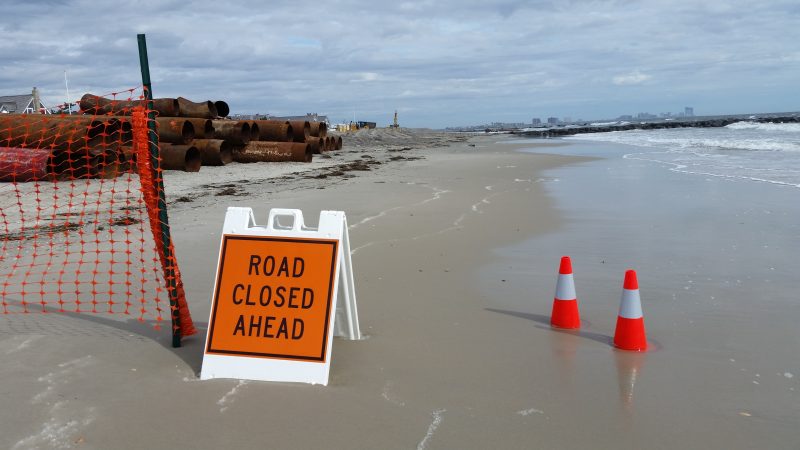
In another matter at the Council meeting, Mallon strongly criticized a recent story in USA Today that ranked Ocean City as the “drunkest city” in New Jersey. The article concluded that 18.3 percent of the adults in the Ocean City area drink excessively.
Noting that the mayor was also upset with the story, Mallon blasted the report as a blatant example of lazy and irresponsible journalism. He also called it “nonsense” and an insult to the Ocean City community.
Ocean City, which touts itself as a family-friendly tourist resort, has been a “dry town” that prohibits alcohol sales ever since it was founded by four Methodist ministers in 1879.
Mallon said the USA Today story made the mistake of confusing Ocean City with the metropolitan area of Cape May County in concluding that it is New Jersey’s “drunkest city.”
USA Today said the story was based on a statistical study performed by the financial news and opinion website 24/7 Wall St. using data compiled by the Centers for Disease Control and Prevention.
Councilman Michael DeVlieger said that he spoke with the editor-in-chief at 24/7 Wall St. to make it clear that the statistics about Ocean City were faulty.
“I think it was completely irresponsible to put it out there,” DeVlieger said of the story. “I think we should feel offended by it.”


